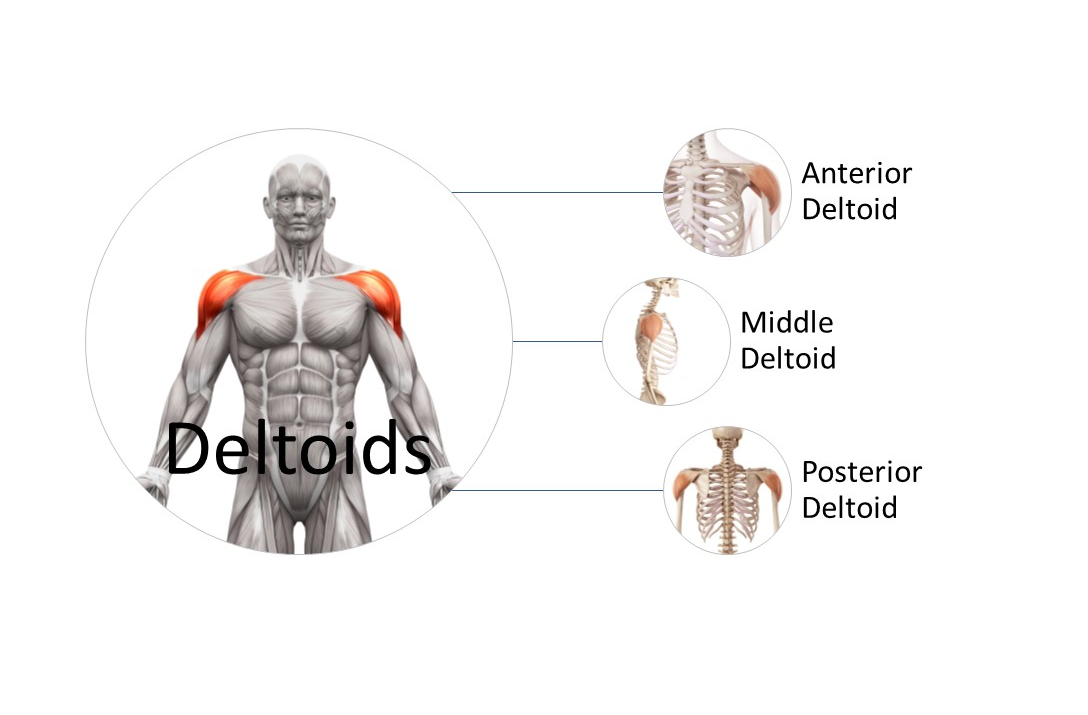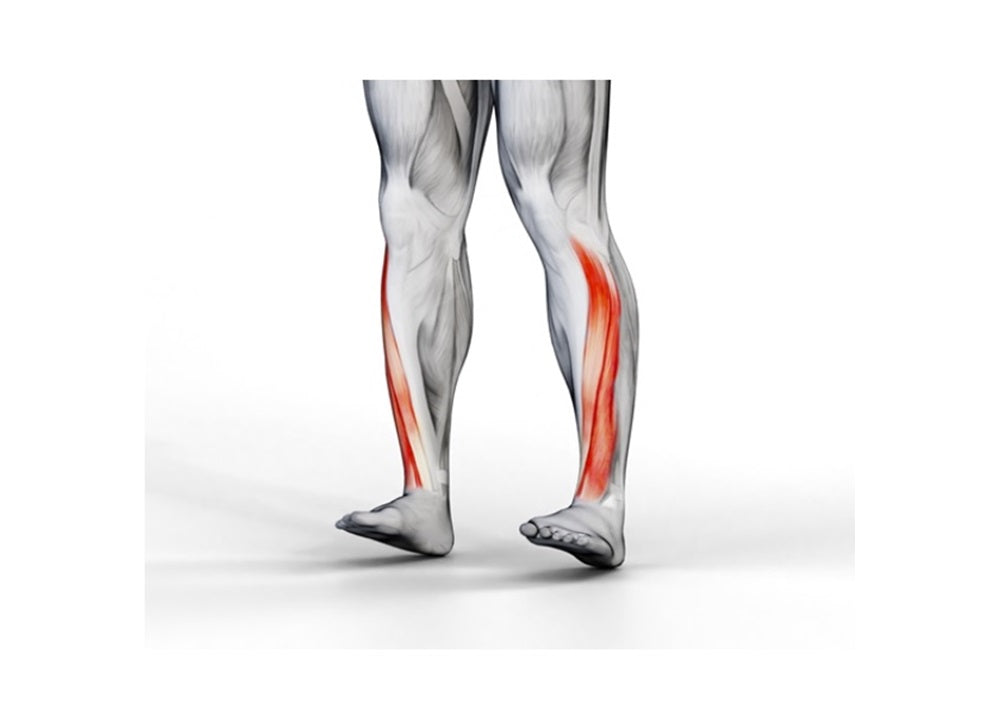The deltoid muscle, often referred to as the "delts," is a crucial muscle group responsible for shoulder movement and stability. Comprising three distinct heads - the anterior (front), medial (side), and posterior (rear) - the deltoids play a vital role in various upper body exercises and functional movements. To achieve well-rounded shoulder development, it's essential to target each head of the deltoid through specific exercises.
Anterior Deltoid
The anterior deltoid is located at the front of the shoulder and is primarily engaged in movements such as shoulder flexion and horizontal shoulder adduction. To effectively target this head of the deltoid, incorporate exercises that involve lifting the arms in front of the body or across the chest.
Exercise: Front Arm Raise
Medial Deltoid
The medial deltoid runs along the side of the shoulder and is primarily involved in shoulder abduction, which is the movement of lifting the arms away from the body to the sides. Strengthening the medial deltoid helps create the coveted "capped" shoulder look and enhances overall shoulder width.
Exercise: Lateral Dumbbell Arm Raise
The posterior deltoid is situated at the rear of the shoulder and is primarily responsible for shoulder extension and horizontal shoulder abduction. Strengthening this area not only contributes to overall shoulder stability but also helps in achieving a balanced physique.
Exercise: Lateral Prone Raise (Reverse Fly)
Anterior Deltoid
The anterior deltoid is located at the front of the shoulder and is primarily engaged in movements such as shoulder flexion and horizontal shoulder adduction. To effectively target this head of the deltoid, incorporate exercises that involve lifting the arms in front of the body or across the chest.
Exercise: Front Arm Raise
- Stand tall with feet shoulder-width apart, holding a dumbbell in each hand with palms facing your thighs.
- Keeping a slight bend in your elbows, exhale and raise the dumbbells directly in front of you until your arms are parallel to the ground.
- Pause briefly at the top of the movement, then inhale as you lower the dumbbells back to the starting position.
- Aim for controlled movements and focus on engaging the anterior deltoids throughout the exercise.
Medial Deltoid
The medial deltoid runs along the side of the shoulder and is primarily involved in shoulder abduction, which is the movement of lifting the arms away from the body to the sides. Strengthening the medial deltoid helps create the coveted "capped" shoulder look and enhances overall shoulder width.
Exercise: Lateral Dumbbell Arm Raise
- Stand with feet shoulder-width apart, holding a dumbbell in each hand by your sides with palms facing inward.
- Keeping a slight bend in your elbows, exhale and lift the dumbbells directly to the sides until your arms are parallel to the ground.
- Maintain control throughout the movement, focusing on the contraction in the medial deltoids.
- Slowly lower the dumbbells back to the starting position as you inhale.
The posterior deltoid is situated at the rear of the shoulder and is primarily responsible for shoulder extension and horizontal shoulder abduction. Strengthening this area not only contributes to overall shoulder stability but also helps in achieving a balanced physique.
Exercise: Lateral Prone Raise (Reverse Fly)
- Stand with feet hip-width apart, holding a dumbbell in each hand with palms facing inward.
- Hinge at the hips to bend forward until your torso is nearly parallel to the ground, keeping your back straight and core engaged.
- With a slight bend in your elbows, exhale and lift the dumbbells out to the sides until your arms are parallel to the ground, squeezing the shoulder blades together.
- Pause at the top of the movement, then inhale as you lower the dumbbells back to the starting position with control.


